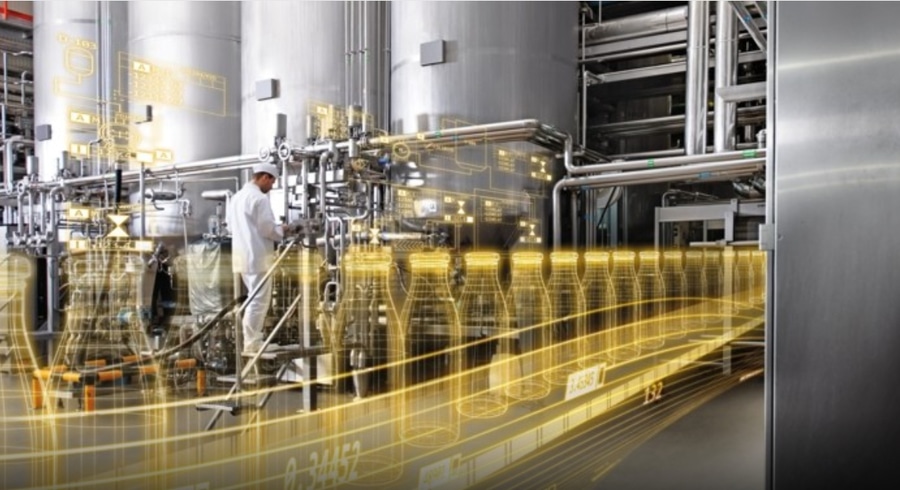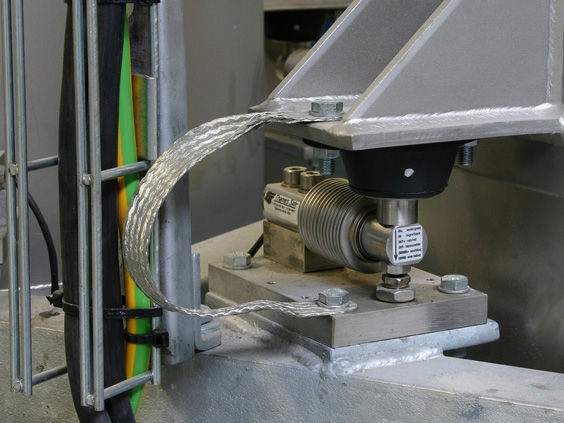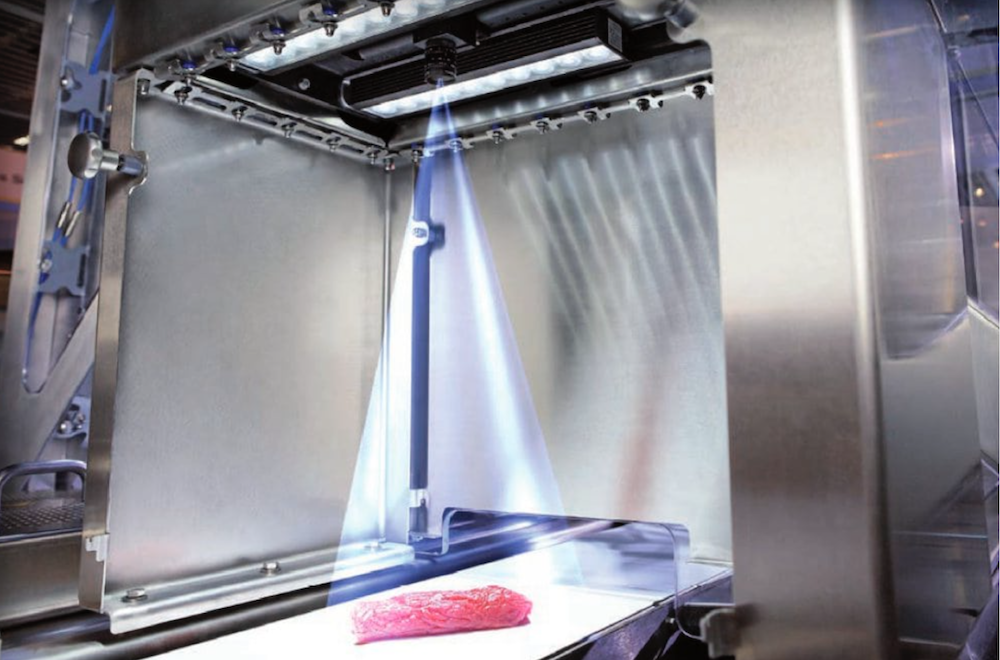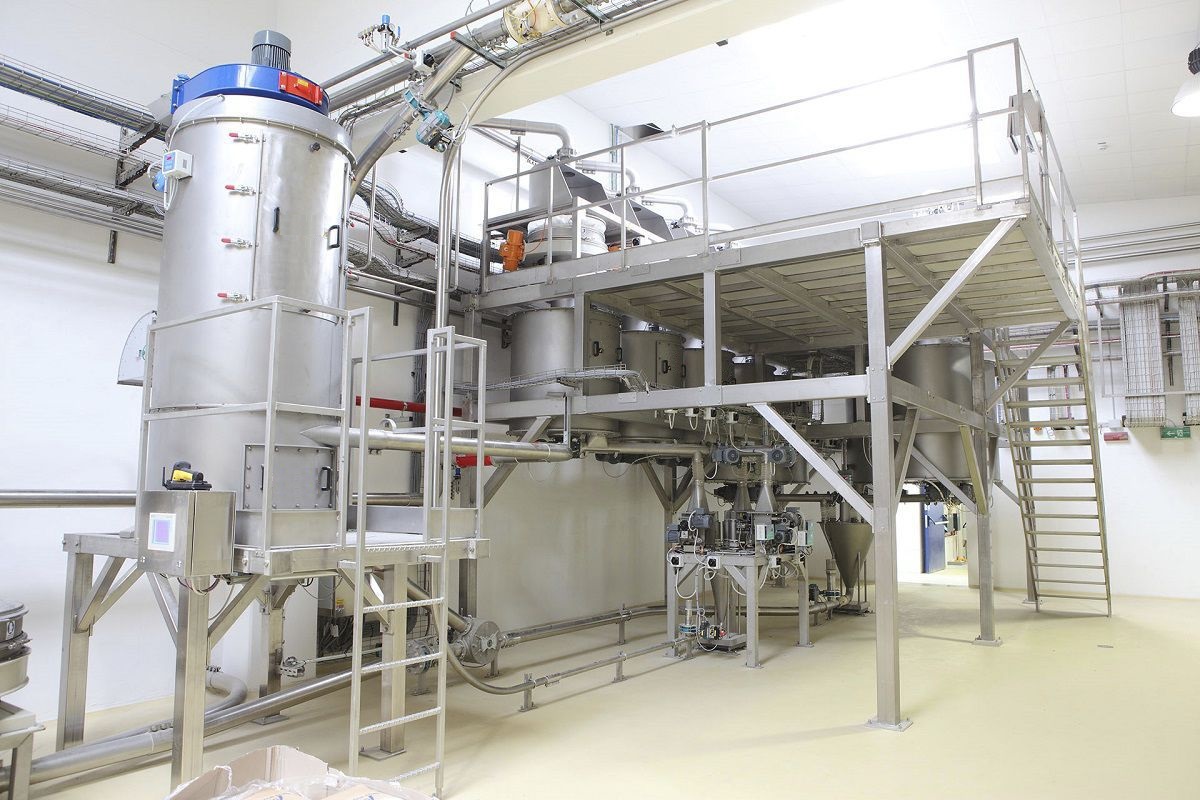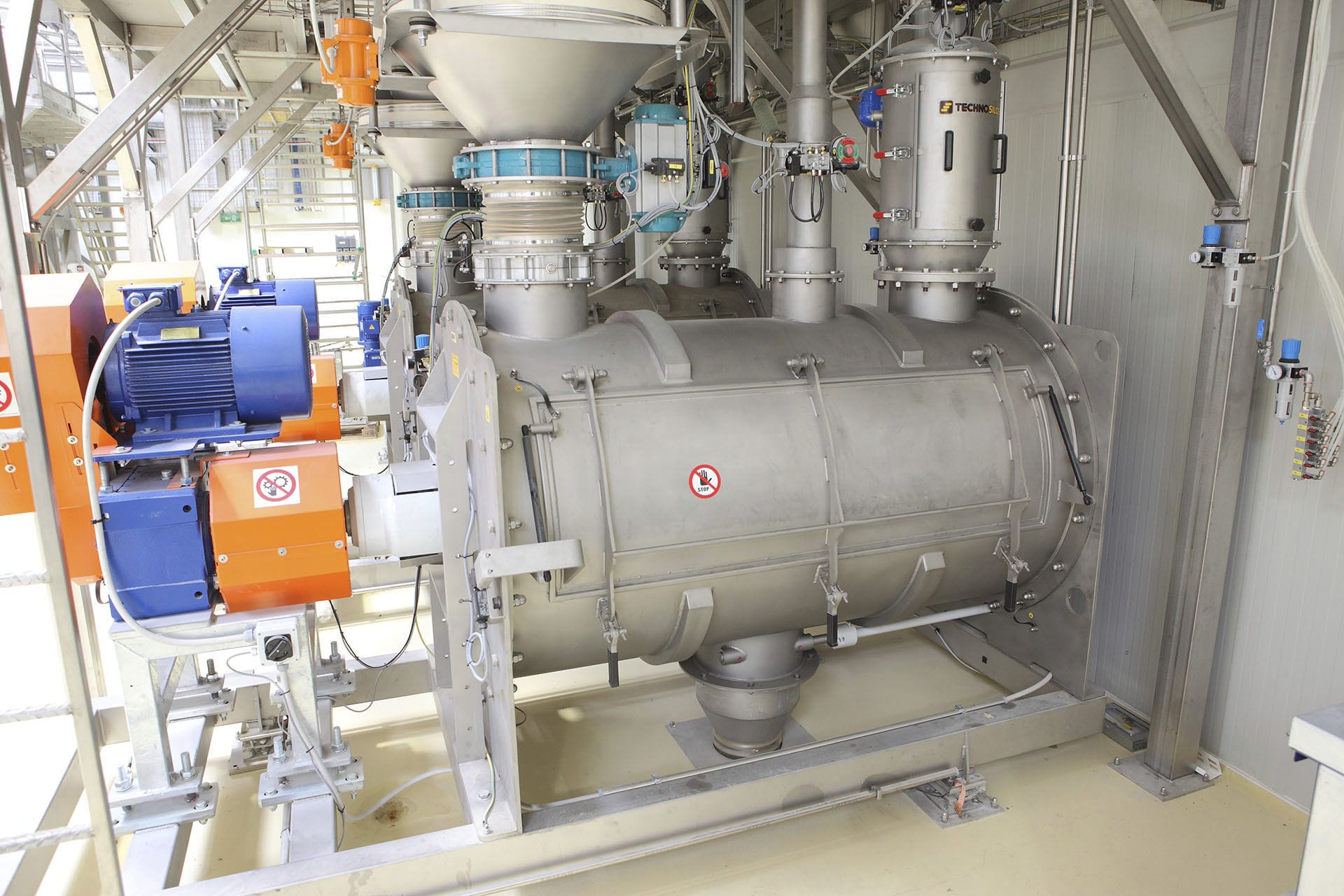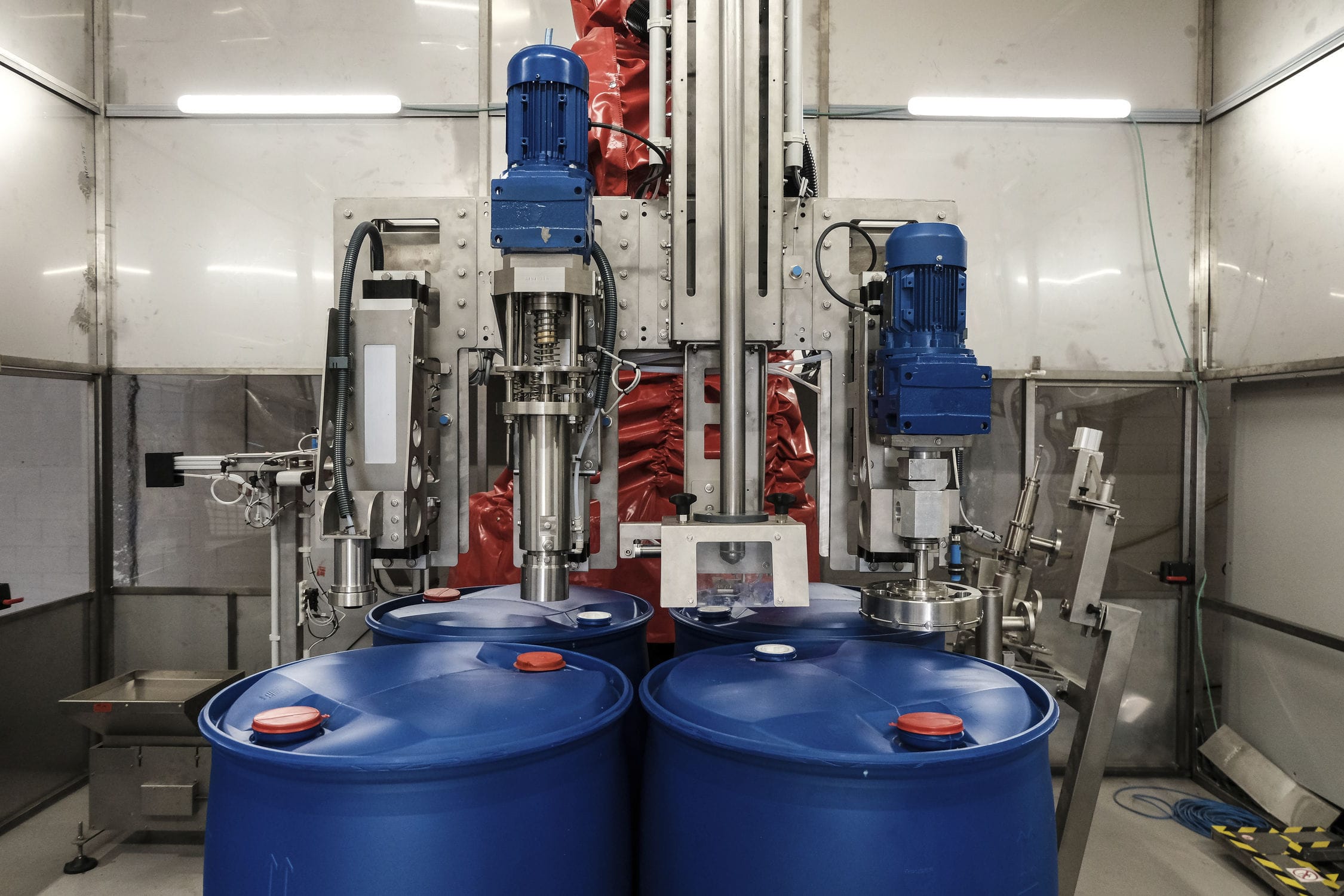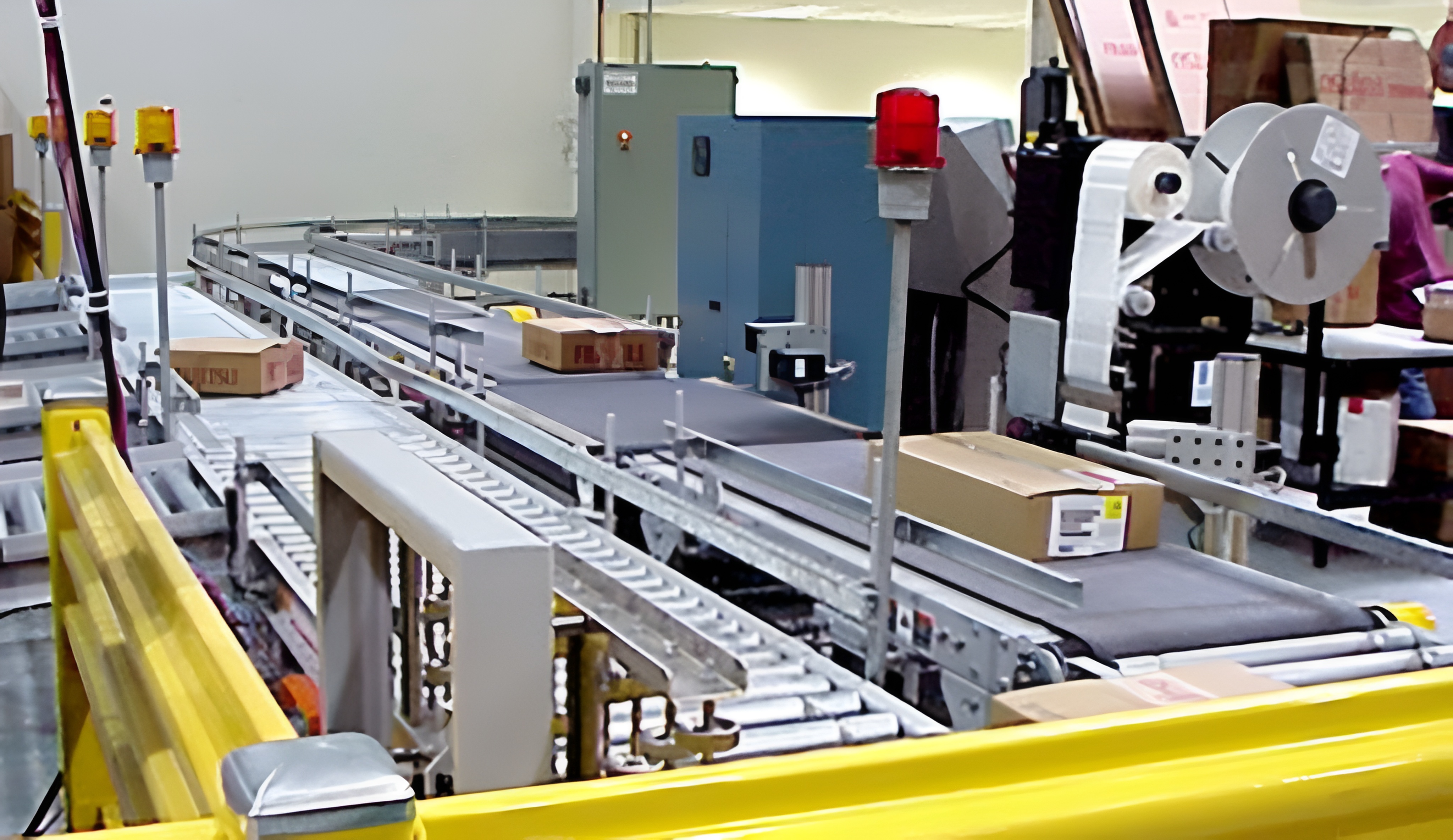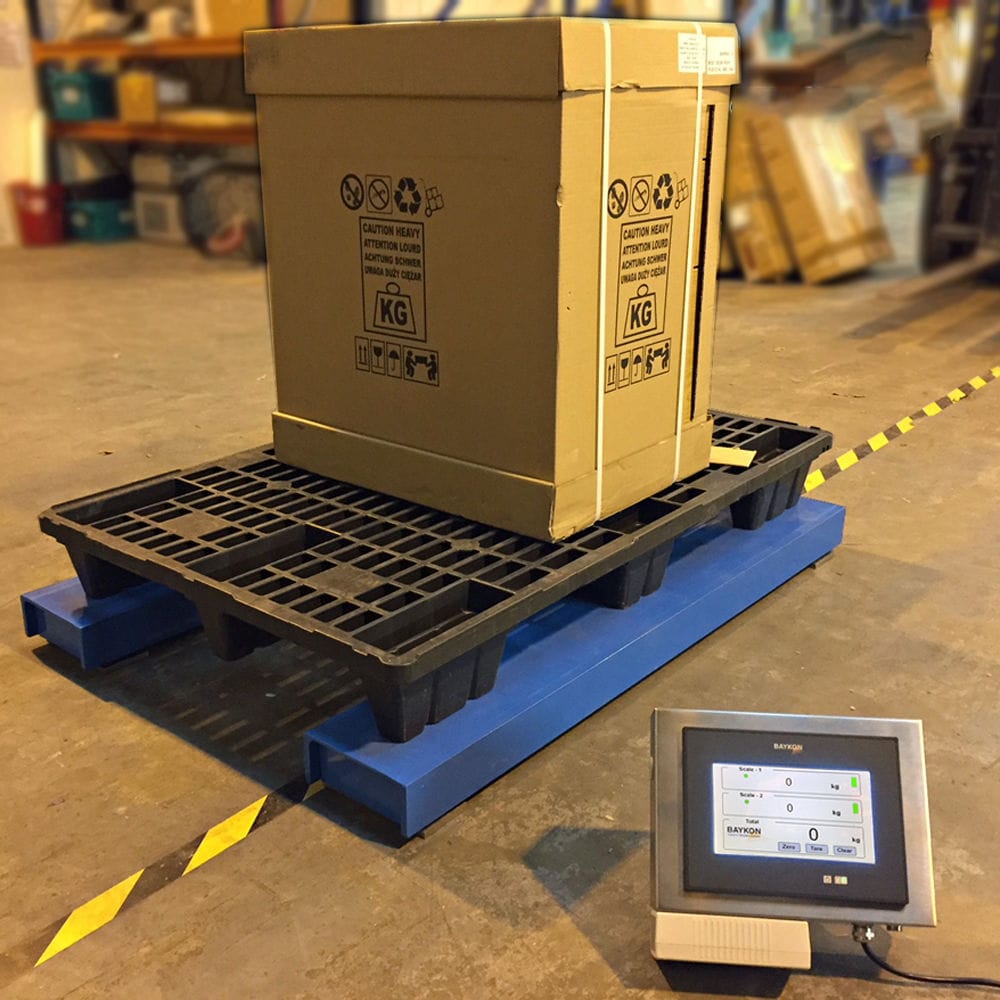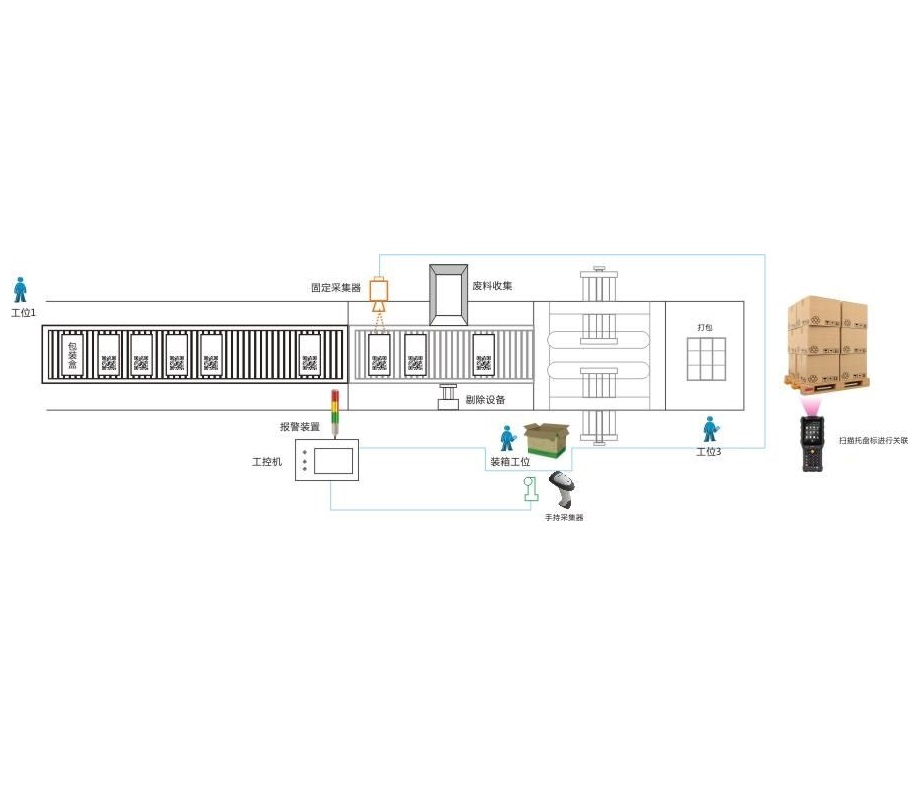

The main functional modules of the coding system include user management module, file receiving module, one-dimensional bar code printing module, two-dimensional code identification function, code scanning gun detection function and bar code management function. Drawing lessons from the "one thing, one code" to be realized in the actual pharmaceutical production process, this paper simulates the functions of bar code information collection, bar code generation and correlation, machine vision identification and detection of two-dimensional code and final bar code management in the actual production process of weighing.
 020-34563445
020-34563445Driven by the medical reform policy, the rapidly developing drug coding market has ushered in the spring of Weighing system supply, but a wide variety of system products have become a difficult problem for enterprises to choose. For pharmaceutical production enterprises, both technical ability and practical experience are valued when the weighting system is suitable for their own development.
It is based on this requirement that the product quality traceability system is selected in the drug coding system, which can effectively control the phenomenon of "goods smuggling" in product sales and track the product quality responsibility, and enhance the information ability and competitiveness of enterprises.
Management upgrade selection system
In order to ensure product quality, control product market and rationally allocate product resources, enterprises urgently need a set of perfect information and data management platform to control the life track of enterprise products, improve product quality and intensify the crackdown on goods smuggling.
In order to meet the requirements of enterprise industrial system, we provide drug coding technology for many suppliers. The first is to attach importance to the technical ability of Aichuang, and the product quality traceability system can provide personalized system services according to the requirements of enterprises and the actual situation.
Comprehensive analysis to provide solutions
The integrated management platform of weighing system provided not only maintains the basic data related to the enterprise, such as product information, agent information and warehouse information, but also realizes authority management, including the management of the whole platform users, authority control, role assignment and other functions. Supervision code management, such as application of supervision code, factory printing, distribution of production enterprises, uploading of relationship and uploading of distribution flow data; Distribution management such as the maintenance of sales outbound order, product sales flow management, agent warehouse management, etc. Realize the anti-counterfeiting and anti-smuggling management of all levels of supervision codes, such as anti-counterfeiting inquiry, early warning of goods smuggling, goods smuggling inquiry and mobile inspection, as well as the management functions of classification, recording, return visit and inquiry of consumer feedback problems.
Not only that, but also the mode of multiple basic points is realized in the actual operation process, and each basic point is responsible for a production line. According to different production lines, the instructions of product packaging task, production execution, pause and closing are issued, and the operations of packaging scanning, counting, shunting, rejecting, printing and inspection in the actual production process are controlled. The weighing system greatly reduces the intensity and difficulty of manual operation by integrating with ERP system and moving terminal equipment. And through the electronic supervision of products, we can clearly grasp the market circulation of products, make the market clearer, systematically warn and inspect the movement of inspectors, punish distributors who have the behavior of goods smuggling, and greatly reduce the losses caused by the phenomenon of goods smuggling to enterprises.







